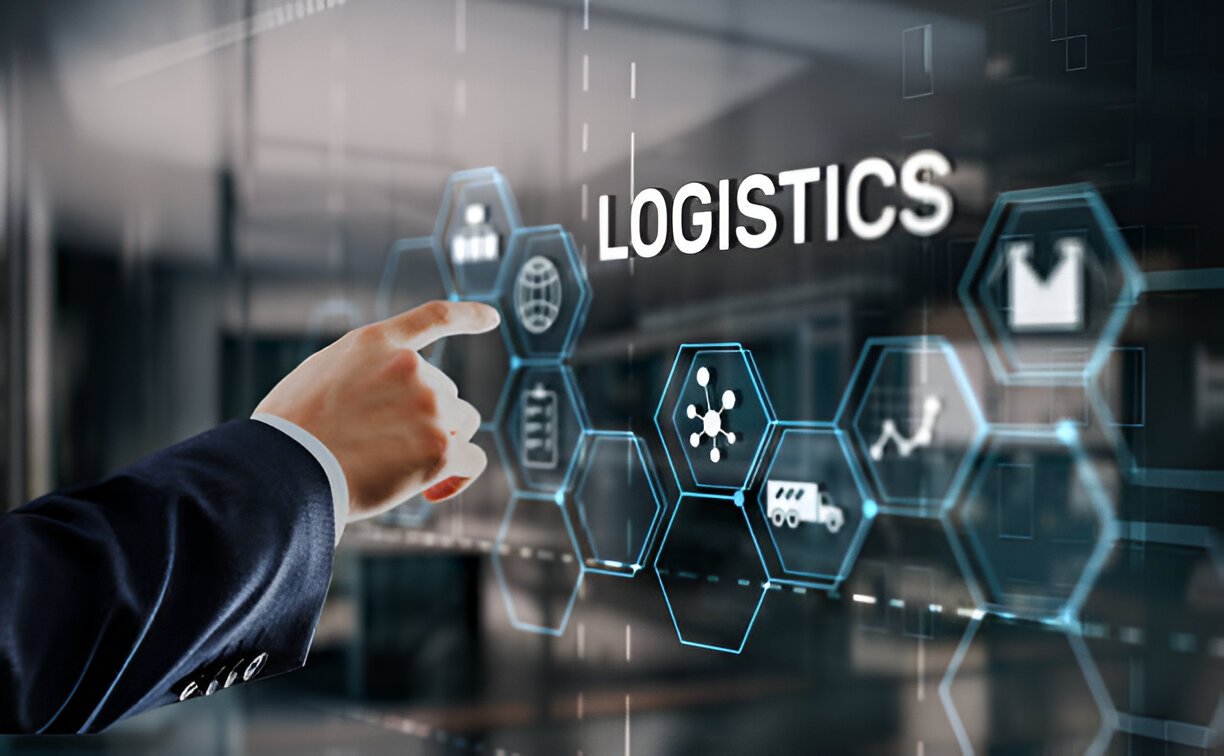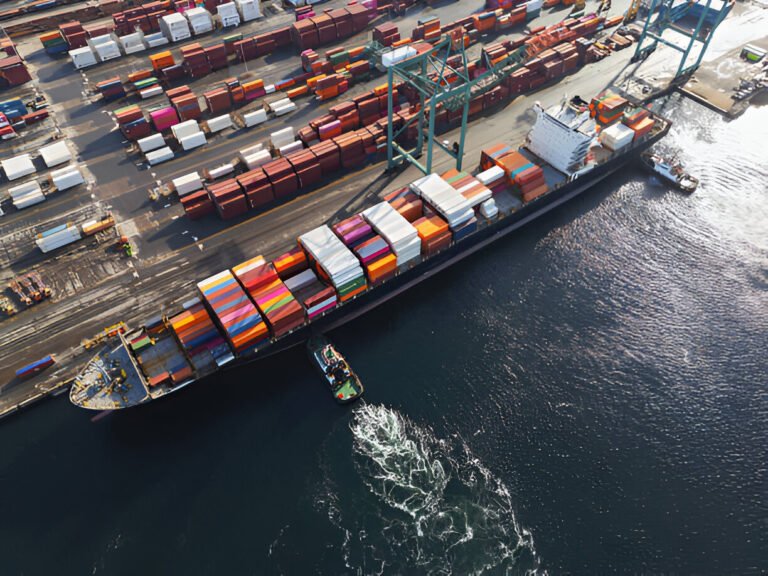Ever wondered where all those online orders magically come from?
Spoiler alert: It’s not your favorite e-commerce fairy. It all begins in warehouses and storage facilities! Whether you’re running a business or simply curious about the logistics behind it, understanding warehousing and storage can help you make smarter decisions.
In this blog, we’ll break it all down with no jargon, just straight talk.
Ready to peek behind the curtain of how goods move and sit before reaching your doorstep? Let’s dive in.
What is warehousing and storage?
Let’s start with the basics.
Warehousing is the process of storing goods in a facility until they’re needed. Think of it as a giant waiting room for products. Businesses use warehouses to keep inventory safe, organized, and ready for distribution.
Storage, on the other hand, is a broader term. It includes everything from your garage to a high-tech facility. While warehousing is usually for business, storage can be personal or commercial.
In short: All warehousing is storage, but not all storage is warehousing.
What does a storage warehouse do?
It does more than just hold stuff. A storage warehouse is like a beehive of activity. Here’s what goes on inside:
- Receiving – Products are delivered and checked.
- Storing – Items are placed on shelves, racks, or pallets.
- Managing inventory – Software tracks what’s in and what’s out.
- Order fulfillment – Items are picked, packed, and shipped.
- Returns – Products sent back are sorted and processed.
Bonus: Some warehouses offer extras like labeling, repackaging, or even light assembly.
Key differences between warehousing and storage
Think of this like comparing a food court to your kitchen. Both store food, but the setup, purpose, and scale are way different.
| Feature | Warehousing | Storage |
| Purpose | Business inventory | Personal or commercial items |
| Duration | Medium to long-term | Short to long-term |
| Services | Logistics, fulfillment, tracking | Usually just space |
| Access | Controlled by staff | Often self-access |
| Technology | WMS, barcode scanners | Basic or none |
| Ideal for | Retailers, manufacturers, e-commerce | Individuals, small businesses |
See? Same family, different personalities.
What’s the difference between a warehouse and a store?
Great question! It’s like asking the difference between backstage and the stage itself.
- Warehouse is the backend. It holds products before they hit the market.
- Store is the frontend. It’s where customers actually shop.
A warehouse supports the store. Without it, shelves might go empty real fast.
And no, you can’t walk into a warehouse to buy toothpaste. That’s what stores are for.
What’s the difference between self-storage and warehousing?
Here’s where things get interesting.
Self-storage is like renting a mini garage. You get a lock, a key, and full access.
Warehousing is usually managed by staff, equipped with technology, and focused on business use.
Self-storage is for:
- Personal items
- Small business overflows
- Temporary needs
Warehousing is for:
- Bulk inventory
- Distribution logistics
- Commercial storage
Self-storage = DIY. Warehousing = VIP.
Examples of warehousing and storage in action
1. E-commerce fulfillment
Ever ordered a laptop online? It probably sat in a warehouse until your order popped up.
2. Cold storage for food
Frozen peas need love too! Warehouses with temperature control store perishables until delivery.
3. Self-Storage units
Moving house? Need to stash your sofa? That’s where self-storage saves the day.
These examples show just how flexible warehousing and storage can be.
Disadvantages of warehouse stores
Warehouse stores sound amazing… until they’re not.
Here are a few drawbacks:
- Higher costs – Running a warehouse ain’t cheap.
- Space issues – Empty space means wasted money.
- Complex management – Inventory tracking and staff coordination are serious business.
- Technology dependence – Software glitches? Say goodbye to efficiency.
- Accessibility limits – Not always open to the public or walk-ins.
Bottom line: Not every business needs one. Choose wisely.
How to choose the right warehousing or storage solution
You’ve got options, but how do you choose?
Ask yourself:
- What’s my volume of goods?
- Do I need climate control?
- Am I shipping regularly?
- What’s my budget?
Small business? Maybe self-storage or shared warehouse space.
Big e-commerce brand? Go for full-service warehousing.
Pro tip: Test short-term before committing long-term.
Future trends in warehousing and storage
Let’s peek into the crystal ball:
- Automation – Robots picking and packing? Already happening.
- Smart Warehousing – AI manages stock and forecasts demand.
- Eco-friendly practices – Solar panels, electric forklifts, recyclable packaging.
- On-demand warehousing – Rent space as you go, like Uber for inventory.
Staying ahead in warehousing isn’t optional. It’s survival.
Conclusion
Warehousing and storage are the unsung heroes of the modern economy. They keep the flow of goods smooth, efficient, and reliable.
Now that you’ve got the full picture, from basic definitions to future trends — you’re better equipped to make smart, strategic decisions.
Want to learn more?
Boost your logistics knowledge with certified training — Explore warehousing and supply chain courses here.
What is the main purpose of warehousing?
The main purpose of warehousing is to store goods safely until they’re needed for distribution or sale. It helps businesses manage inventory, streamline order fulfillment, and ensure timely delivery.
How is storage different from warehousing?
Storage is a general term for keeping items in any space, whether personal or commercial. Warehousing, however, is a specialized form of storage used by businesses with added services like inventory tracking and logistics.
Can individuals use warehouse space?
Typically, warehouses are meant for businesses. However, some modern warehouse facilities offer flexible storage plans or shared spaces that individuals or small businesses can rent.
What are self-storage units used for?
Self-storage units are used by individuals or small businesses to store personal belongings, excess inventory, furniture, seasonal items, or anything that doesn’t fit at home or the office.
What are the disadvantages of using a warehouse store?
Some downsides include high operational costs, space underutilization, complex management, reliance on technology, and limited public access.
Are warehousing and logistics the same?
Not quite. Warehousing is about storing goods, while logistics covers the entire process of transporting, handling, and delivering those goods. Warehousing is just one piece of the logistics puzzle.
How do I choose the right warehousing solution for my business?
Consider your inventory size, shipping frequency, need for climate control, budget, and whether you want self-service or full-service support before deciding.
What industries rely heavily on warehousing?
Industries like e-commerce, manufacturing, retail, pharmaceuticals, and food & beverage depend on warehousing to store and move products efficiently.
What is cold storage warehousing?
Cold storage warehousing refers to temperature-controlled warehouses used to store perishable goods like food, medicine, or chemicals that need refrigeration or freezing.
What trends are shaping the future of warehousing and storage?
Automation, AI-powered inventory systems, eco-friendly infrastructure, and on-demand warehousing are major trends reshaping the storage industry today.

We have been offering extensive and well-planned pieces of training in the field of economics, supply chain, and operations management. Our core purpose is to help industry professionals and businesses to succeed in an ever-evolving competency in the jobs market. Our cutting-edge training methods and up-to-date knowledge aligned with the latest industry trends and demands put our candidates in the lead amongst other job seekers and competitors in the market.
- BRASI Editorial Team#molongui-disabled-linkSeptember 3, 2024
- BRASI Editorial Team#molongui-disabled-linkOctober 8, 2024
- BRASI Editorial Team#molongui-disabled-linkNovember 19, 2024








